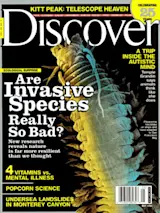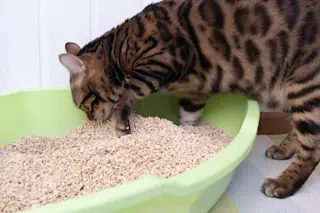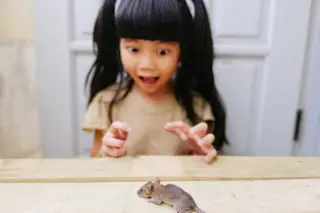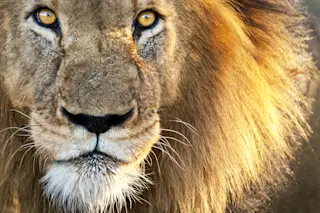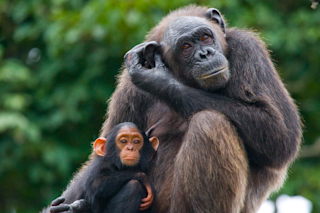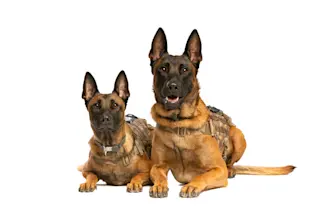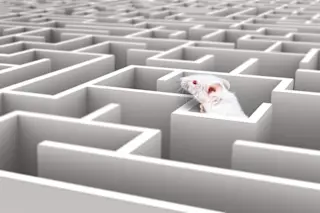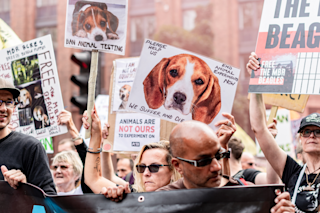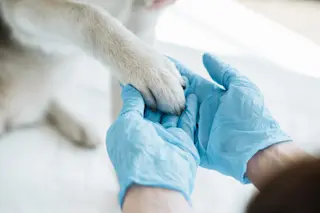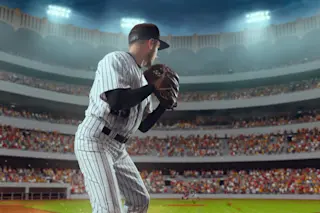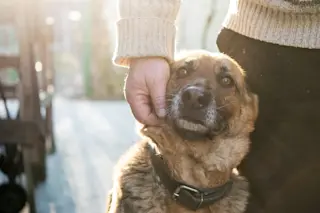If you live with animals, the real question isn’t whether they can think or not. It’s “What do they think of humans?” I often find myself mulling that over when I go out to gather eggs or feed the pigs. It isn’t a personal question—Have I earned the horses’ respect?—it’s a philosophical one. Living with animals means coming to terms with who they are and what makes them tick. That’s what you want to know when you train a dog or ride a horse or try to catch a barnyard goose. At least that’s what I want to know. I live and write on a small farm in New York State, and since my work, most days, means asking questions about the world around me, I find myself wondering about the animals I live with. I take it for granted that they also wonder about me. I can see the ...
What Do Animals Think?
Temple Grandin says animals think like autistic humans. She should know
More on Discover
Stay Curious
SubscribeTo The Magazine
Save up to 40% off the cover price when you subscribe to Discover magazine.
Subscribe

